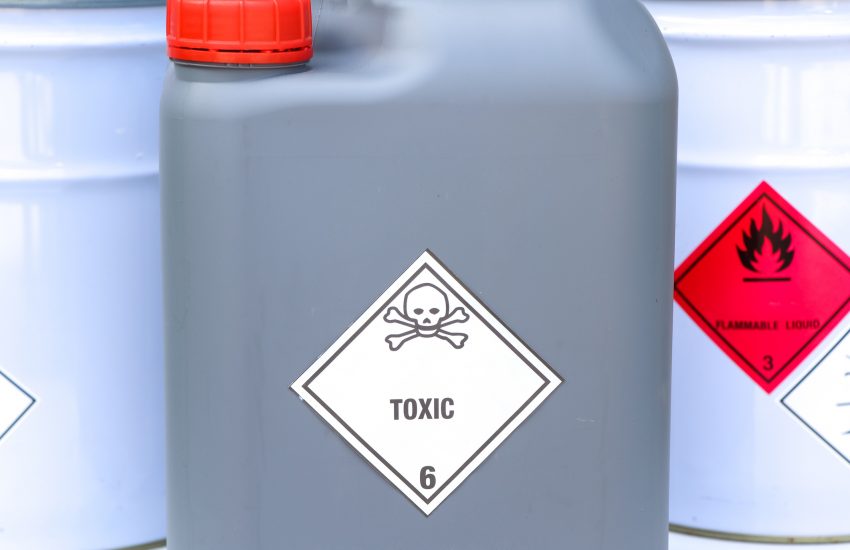As our blog has reported a number of times, the Environmental Protection Agency announced an ambitious national strategy to address per- and polyfluoroalkyl substances (PFAS). Dubbed a “roadmap,” the EPA says that it is centered on three guiding strategies focused on research, restrictions, and remediation. Specifically: “Increase investments in research, leverage authorities to take action now to restrict PFAS chemicals from being released into the environment and accelerate the cleanup of PFAS contamination.”
As part of this plan, the EPA last week announced the …
Continue Reading









